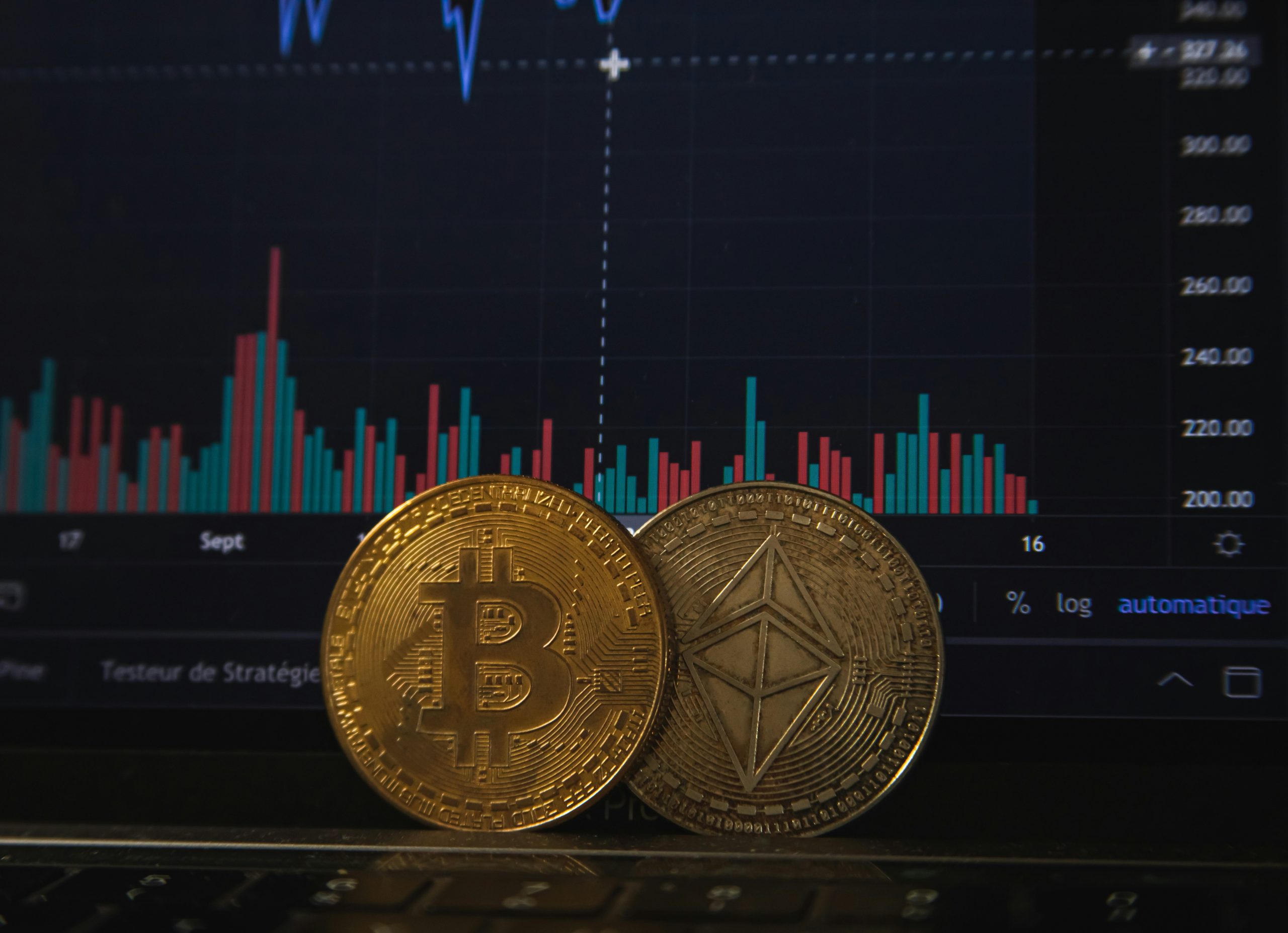Intense price fluctuations have become synonymous with the digital asset landscape. Significant price swings, capable of yielding substantial gains or notable losses, render the crypto market a challenging environment for those lacking fortitude. As a participant in the crypto space, you must be adaptable and agile to navigate the constantly evolving market dynamics.
Volatility denotes an asset’s susceptibility to rapid value shifts within a short timeframe. However, not all assets exhibit rapid value changes; for instance, Bitcoin tends to display less volatility compared to newly introduced meme coins. Proficiency in comprehending the underlying factors driving price fluctuations and adeptness in deploying risk management strategies are imperative for success as a crypto investor.

Table of Contents
1. Diversify Your Portfolio
Balanced allocation across various investment avenues serves as a prudent approach to risk mitigation. Allocate resources across a spectrum of assets, including digital currencies and stablecoins, to shield against market volatility. Each asset presents unique advantages and disadvantages. Notably, Bitcoin and Ethereum, being prominent in the cryptocurrency domain, often influence market trends. Stablecoins offer stability amidst market fluctuations, whereas decentralized finance (DeFi) tokens extend beyond mere transactional utility, encompassing functionalities such as governance rights.
2. Do Your Due Diligence
Research the vision, the technology, team, and roadmap of the crypto you want to buy. Also analyze market conditions such as demand and supply, regulation, and competition which can affect the price and adoption. Additionally, you need to monitor the latest trends and developments in the world of crypto.
3. Invest in Major Cryptos
Large and more reputable crypto assets such as Ethereum and Bitcoin have first mover and adoption benefits with significant market capitalization and a series of financial products built on top of them such as derivatives markets and ETFs. They have been around for years and stood the test of different market cycles. While they still carry some risks, more established crypto assets are more resilient than small cap coins.
4. Make Decisions Based on Crypto Indicators
The dynamic nature of crypto assets renders precise future prediction unattainable. Nonetheless, one can harness established technical indicators such as relative strength, moving averages, and crossovers to discern valuable signals. New indicators specific to cryptocurrencies such as on-chain activity, average transaction fees and mempool size are also helpful. Analyzing indicators can help you predict the best times to sell or buy Bitcoin and other crypto assets. You can get a more complete perspective by combining block chain based and technical analysis.

5. Be Objective
The fear of missing out (FOMO) is one of the biggest reasons people make losses when investing in crypto. Speculative meme coins and hype cycles have led many people into making decisions with no prior information or research. Look out for crypto assets that promise easy money and guaranteed returns. When vetting crypto-related information, make sure it is accurate and verifiable before acting on it. You may want to work with a financial advisor to access guidance personalized for your individual financial situation and goals.
Endnote
Like any other investment, investing in crypto carries some risk due to high volatility and uncertainty. However, they also present a significant reward potential if you are willing to accept the increased risk. Stay objective and think long-term and you can safely navigate these waters.




